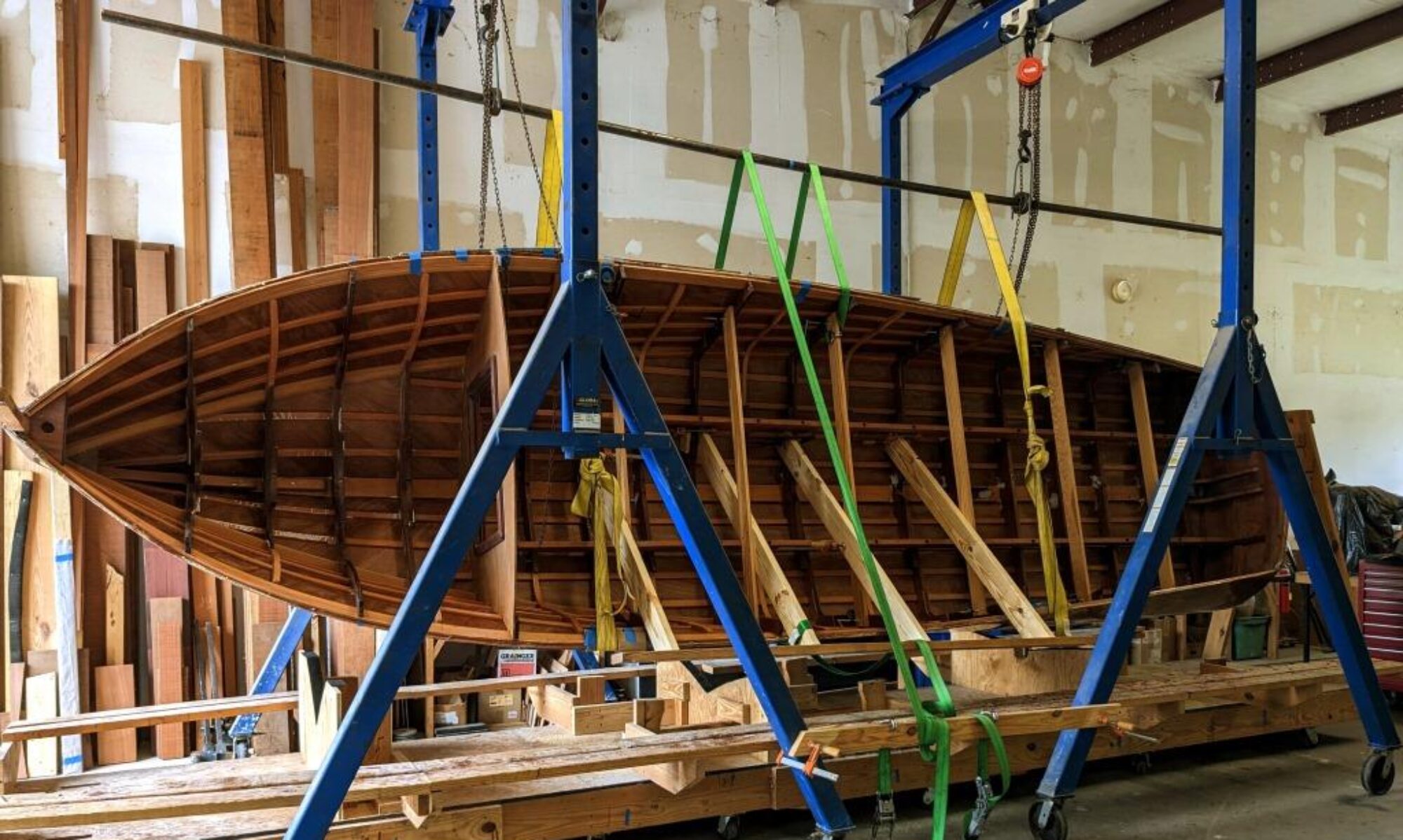
I finally answered all the questions I generated in my previous post. So it was time to get all that stuff out of the boat and prep it for varnishing and painting the inside. As you can imagine, it’s much easier to do all this coating before enclosing the hull with the deck. Continue reading “Building a Temporary Spray Booth”










